The HTC U11 is easily one of the year’s best smartphones. While it’s certainly going to be an uphill battle for HTC to get word out about the device’s strengths, sometimes pictures speak louder than words. Coming equipped with an impressive 12MP, f/1.7, 1.4μm camera with OIS and phase detection auto focus, the U11 is definitely packing some pretty impressive camera hardware.
It’s so impressive, in fact, the U11 recently topped DxOMark’s coveted mobile photography rankings, making it the most well-reviewed smartphone camera to date. When the competition was top-tier devices like the iPhone 7, Samsung Galaxy S8, and Google Pixel — that certainly was no easy feat.
After hearing about the hype, we decided to take the U11’s camera for a spin ourselves, shooting in a variety of different lighting situations and scenarios. To help give you a better idea of what you can expect from the phone in the real world, here are our results:
Take away
As you can see, the HTC U11 Is certainly capable of taking some pretty amazing looking photos. Whether you’re shooting outside in daylight, nighttime, indoors, or low light, there’s very little this camera can’t do. Low lit restaurant scenes that normally look awful on most any other camera come out vibrant, with rich colors and sharp details. While this was usually the case, the HTC U11 camera was anything but consistent.
Lots of weird noise and aggressive filtering going on with HDR off (left), while HDR on looks much sharper (right)
When launching the camera app, the viewfinder/preview would often times stutter for a good few seconds. It’s pretty jarring and snapping a photo during this time results in a slightly delayed performance which would occasionally produce blurred photos. It’s sort of a pain and not exactly something I was used to, especially coming from incredibly quick shooters like the iPhone 7, Samsung Galaxy S8, or Google Pixel. The HTC’s processing is also a tad weird when shooting in normal mode. It’s almost like they’ve added a lot of artificial sharpening to their images while trying to filter out any sort of noise. The result is weird artifacts that look pretty terrible when zoomed in. It’s only in HDR mode that the image looks much more detailed and clear, albeit with a tad more noise. In other words: always shoot in HDR if possible.
The camera also relies a lot on the U11’s 5-axis OIS for longer exposure times, more so than other phones. This helps produce beautiful low light photos but again, requires an incredibly steady hand to avoid blur. The same goes for HDR mode which is a tad slower at capturing photos than without. It doesn’t seem like much (maybe just a few milliseconds), but it’s enough that a handful of my photos came out blurred when shooting in HDR. This mostly had to due with tapping the onscreen button which caused the phone to move slightly. Snapping a quick photo in HDR required multiple attempts, a steady hand, and lots of patience to produce a clear photo.
The HTC U11’s phase detection auto focus also worked without a hitch and was easily one of the most enjoyable aspects of using the camera. It locks focus onto objects so fast without any of the hunting in/out you see on some other devices. It’s so fast you can’t even see it working — and that’s a good thing.
The 16MP front facing camera works well enough, but for whatever reason doesn’t provide the clarity you’d expect from such a high resolution shooter. There’s autofocus, which is nice, and the camera does a great job at pulling in colors you wont see from the iPhone front facing camera. It gets the job done, isn’t horrible, and even has a few beauty effects to help smooth out your wrinkles. You know, if you’re into that sorta thing.
Camera exposes for the brightest part of the image (window) until you push most of the highlights out of the frame
Where the camera definitely falters is how it measures exposure. The camera’s evaluative metering dramatically darkens the picture whenever anything brightly lit enters the frame. This happens even if the highlights are far off to the sides. For instance, shooting a photo of my car’s dashboard was almost impossible in daylight because the camera was exposing for the window — not the center of the frame. It’s tricky to get it just right and I found myself frequently having to manually adjust the exposure of my photos before snapping, something I’ve never had to do with any smartphone in recent memory. Had HTC added an option for a center weighted average, metering would behave a little like other devices.
- HDR OFF
- HDR ON
It’s also possible this behavior could be by design given the way HDR works on the U11. It doesn’t really do too much with highlights (at least not all the time), where it’s mostly used to lighten up shadows and the dark areas of an image. The effect can be slight or extreme given the situation and it’s kind of hard to gauge. Sometimes the shot will come off looking natural, while other times the effect is so extreme it looks artificial (see photos of the Pokémon macaroons in the main gallery). But since photo quality is actually improved when shooting in HDR, it should be turned on whenever you’re shooting stationary subjects.
Video
Video taken with the HTC U11 looks absolutely phenomenal and is by far the camera’s biggest strength. When shooting in daytime colors are bright, focusing is quick, and video is pretty stable. Video is so clear, you could take screenshots from it and it’d be virtually impossible to distinguish it from a still.
The phone employs both OIS and EIS, but there’s no weird jello effect like you get with other devices (Galaxy S8 for instance). The result is video that may not be quite as stable, but still gets the job done. The depth of field is particularly pleasing when getting up close to subjects and the phone had no problem keeping focus, even when the subject was barely an inch or two away from the lens.
Of course, night time shooting is an entirely different story and like any other smartphone, you can expect lots of grain and noise. No surprise there as a phone’s tiny sensor makes it difficult to grab all the light. You can see the results from our videos uploaded directly to YouTube down below.
Final thoughts
I suppose my biggest complaint with the HTC U11 camera is that it’s not always consistent. Don’t get me wrong — photo and video quality look amazing… most of the time. But you can’t exactly pull the phone out and expect that every photo you snap will look like a million bucks. Even if most of them do, it’s not something anyone should have to worry about.
Say what you will about the cameras on the Galaxy S8 or Google Pixel — you always know what you’re going to get, even if those results are crap. It’s important to know the limitations of your camera, which is something I had a hard time figuring out with the HTC U11.
If there are any current HTC U11 owners out there, I’d love to hear your thoughts on the camera. Do you think it’s everything it’s cracked up to be?

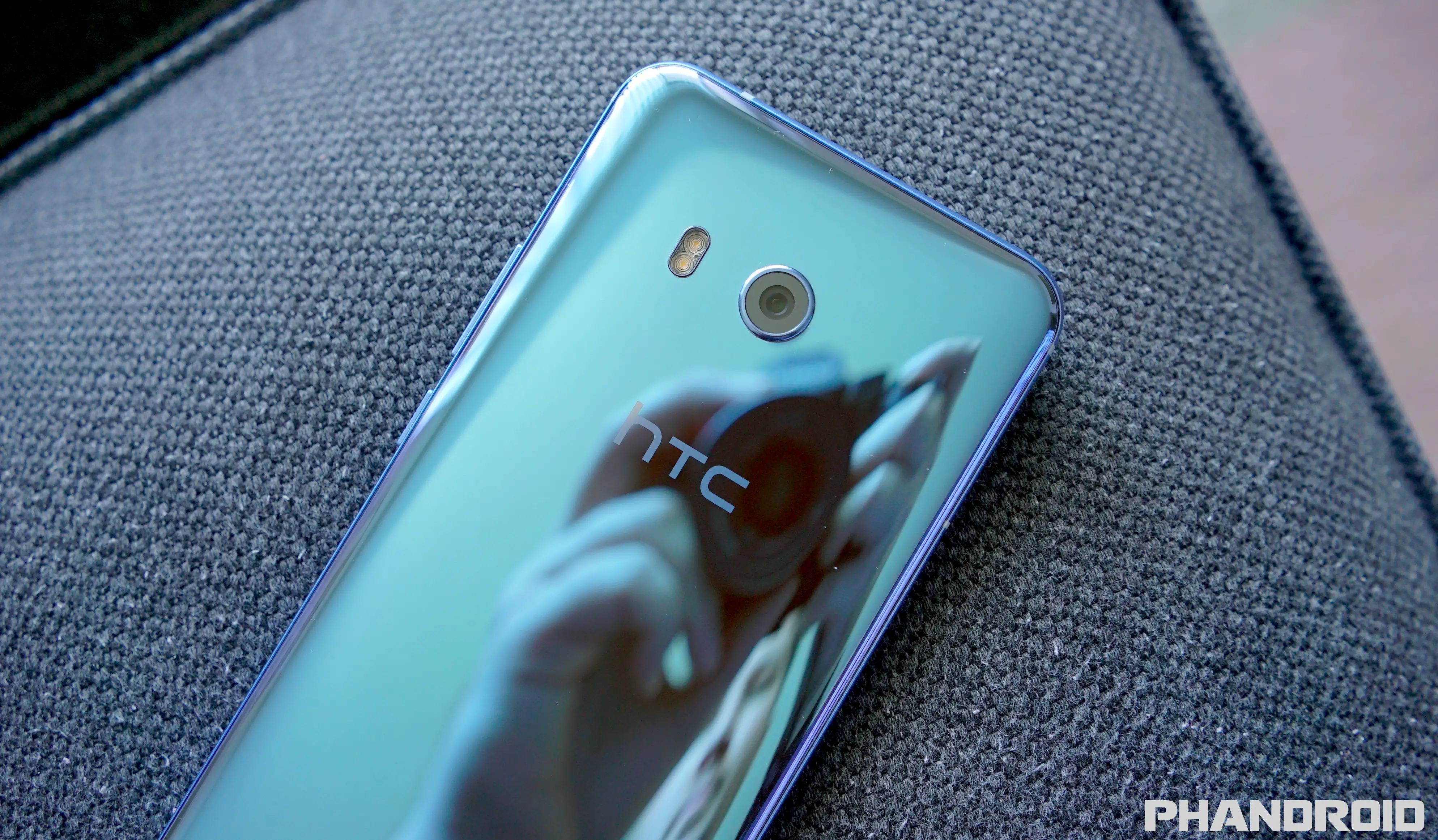































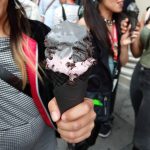





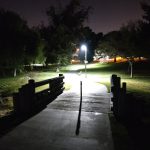




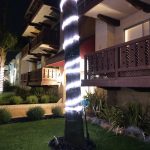








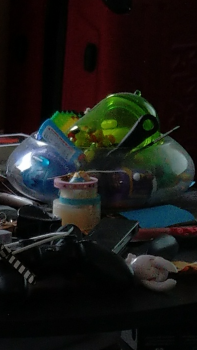
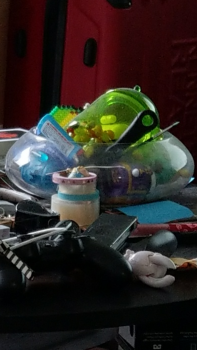


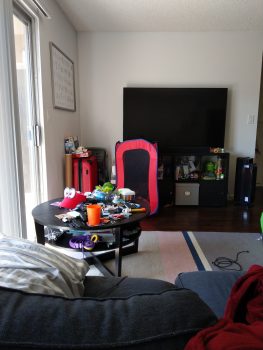
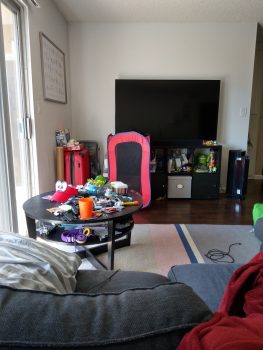
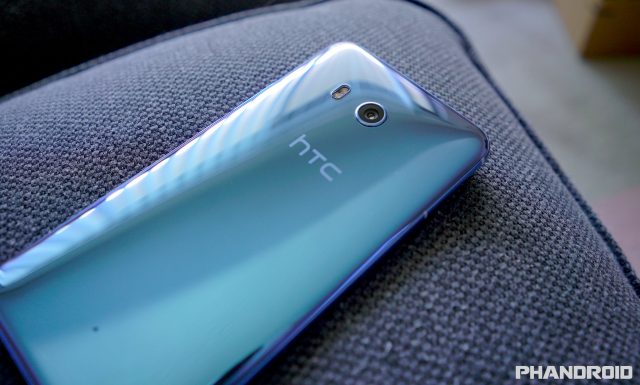
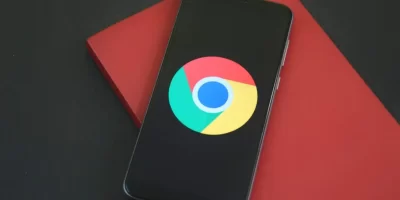
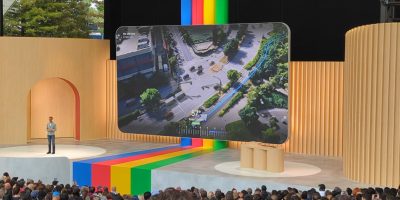
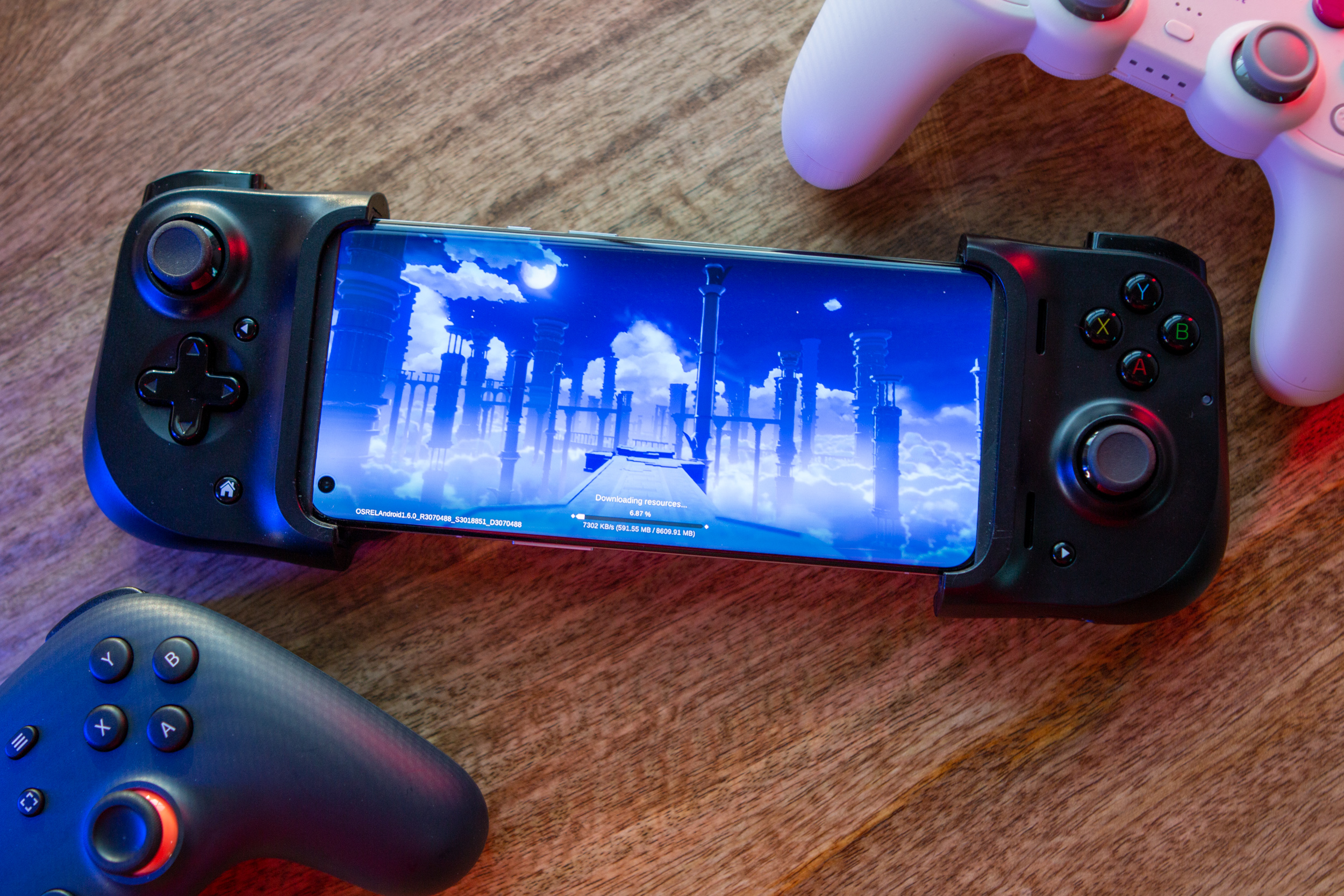






Comments